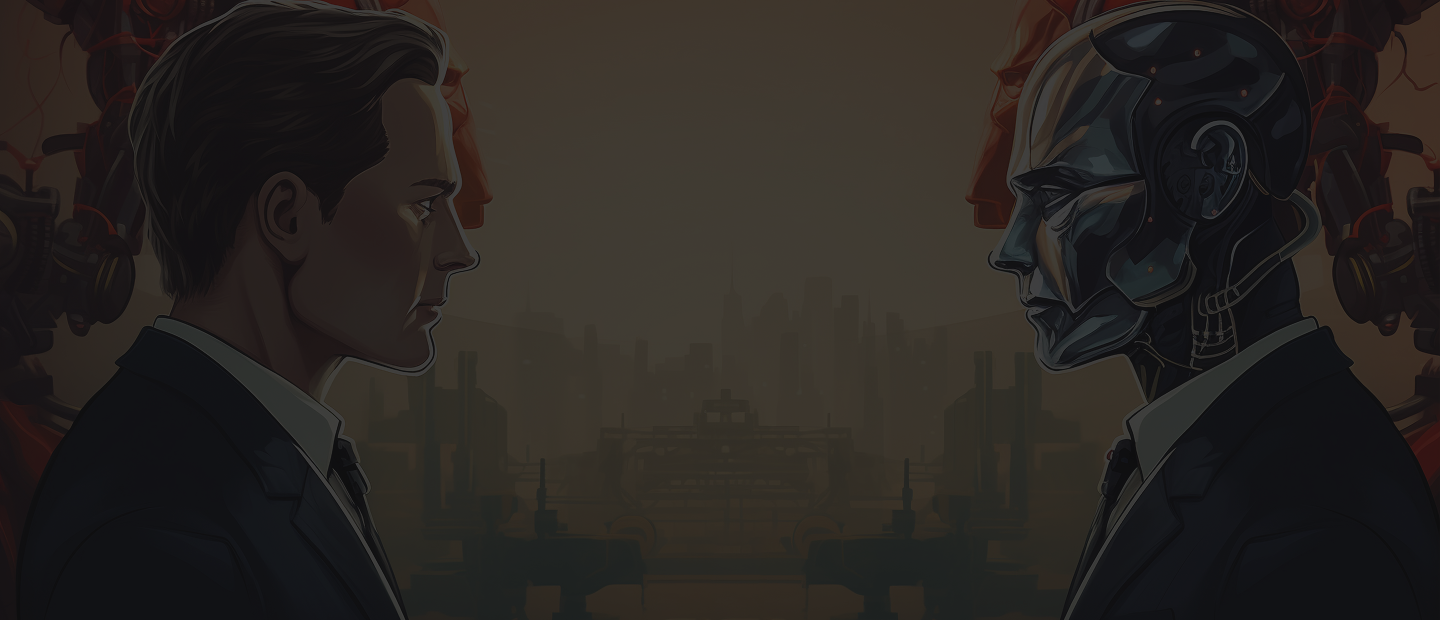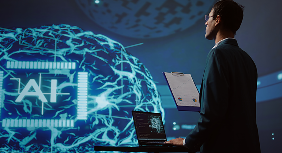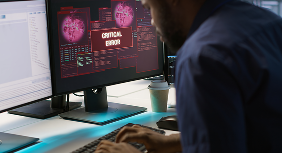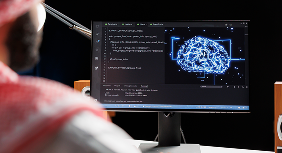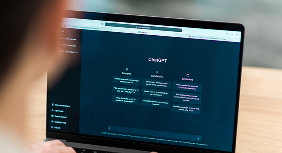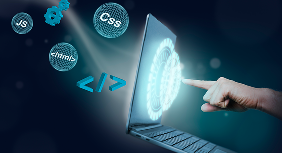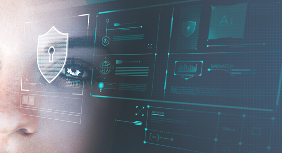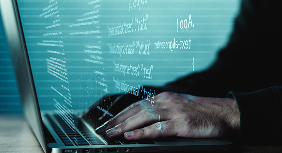Introduction
It is no longer a matter of implementing firewalls and praying. With AI, organizations are shifting their strategy for secure software development by anticipating threats, modeling attacker behavior, and preventing breaches from starting.
Let’s explore how this AI-powered shift is happening. Hackers No Longer Lone Wolves
The image of a solo hacker in a dark room typing furiously is outdated. Cyberattacks today are coordinated, complex, and often powered by automated scripts and AI themselves. Malicious bots scan systems around the clock. Phishing campaigns mimic real messages with near-human fluency. Malware morphs its shape to avoid detection.
Malicious bots scan systems around the clock. Phishing campaigns mimic real messages with near-human fluency. Malware morphs its shape to avoid detection. Traditional rule-based security systems struggle to keep up with this pace. They depend on known patterns and predefined responses. But what happens when the threat is new or behaves differently?
This is where AI makes a difference.
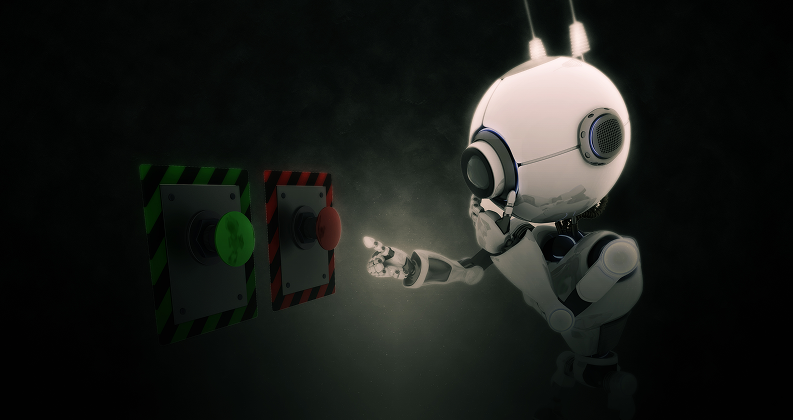
How AI Strengthens Security in Real Time
Artificial intelligence works by identifying patterns, learning from data, and adjusting as situations evolve. In cybersecurity, that means recognizing signs of an attack even when no clear signature exists.
Here’s how it works:
Threat Detection with Precision
AI systems can process millions of logs and network events to detect anomalies. Instead of waiting for a known threat to trigger an alert, they can raise flags when user behavior or data access patterns look suspicious.
Faster Incident Response
When a breach is detected, AI can help security teams respond immediately. It can isolate affected systems, block malicious IPs, and even roll back changes automatically while alerting human responders.
Phishing Protection
Email scams are getting more convincing, but I can scan for tone, structure, and timing that don’t fit regular communication patterns. It can block or warn about suspicious messages before users click.
Vulnerability Prediction
In secure software development, AI can analyze source code and dependencies to flag weak spots. It can even suggest patches or recommend secure alternatives before vulnerabilities are exploited.
AI is not just watching. It is acting, learning, and adapting constantly.
Turning Defense into Offense
One of the most promising developments is that AI can now be used to simulate attacks. This is called adversarial testing or red teaming with AI. Instead of waiting for hackers to find a weak point, AI models can probe your own systems to discover flaws before anyone else does.
This shifts security from reactive to proactive.
For example, an AI-powered testing tool can crawl through your web application, find broken access controls, and simulate how a hacker might exploit them. Developers can then fix these issues early, making secure software development a living process rather than a one-time checklist.
The Rise of Self-Healing Systems
Another powerful trend is the idea of self-healing infrastructure. When AI detects a misconfiguration or breach, it can automatically repair the problem. This could mean restoring a clean version of a file, shutting down a risky user session, or rerouting traffic away from a compromised system.
While still evolving, this kind of automation reduces human error and saves precious time during critical moments. It is like having an always-on security engineer monitoring every move your software makes.

AI in the Hands of Hackers
Of course, the flip side of this progress is that cybercriminals are also using AI. They are automating phishing campaigns, creating deepfake scams, and building malware that changes its code to avoid detection.
This means the security stakes are even higher. It is not enough to patch known vulnerabilities. Organizations must now build systems that can resist intelligent, adaptive threats.
That is where AI offers a major advantage. It allows security teams to fight AI with AI, using the same intelligence to outsmart attackers before they can do real damage.
Human Oversight Still Matters
Even with AI doing the heavy lifting, security is not a set-it-and-forget-it job. Human expertise is critical. AI models can miss the nuance of real-world behavior or flag false positives. That is why smart organizations pair AI with skilled teams who interpret alerts, refine models, and manage broader strategies.
In secure software development, developers must also understand why AI is flagging certain patterns. Trusting the tools requires transparency, documentation, and clear communication between AI systems and human users.
Together, humans and machines create a security posture that is fast, flexible, and far more resilient than either could achieve alone.
Final Thoughts
The battle between AI and hackers is real, and it is already shaping the future of cybersecurity. As cybercriminals become more sophisticated, organizations need tools that do more than respond. They need systems that predict, prevent, and learn.
Artificial intelligence provides that edge. It enhances every layer of secure software development, from writing safer code to detecting threats in real time. But it works best when paired with human insight and a clear understanding of security goals.
The future of cybersecurity is not human versus machine or hacker versus developer. It is an intelligent system working alongside skilled people to build, monitor, and protect everything we create.
